|
Your search criteria found 644 images Spacecraft |
| My List |
Addition Date |
Target
|
Mission | Instrument | Size |

|
2000-08-03 | Ganymede |
Galileo |
Solid-State Imaging |
2133x1600x3 |
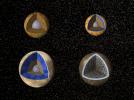
|
|||||

|
1997-11-20 | Ganymede |
Galileo |
Solid-State Imaging |
648x471x1 |
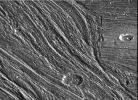
|
|||||

|
1997-11-21 | Ganymede |
Galileo |
Solid-State Imaging |
648x531x1 |
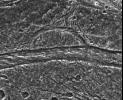
|
|||||

|
1997-11-24 | Ganymede |
Galileo |
Solid-State Imaging |
648x460x1 |
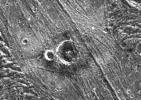
|
|||||

|
1997-11-25 | Ganymede |
Galileo |
Solid-State Imaging |
400x278x1 |
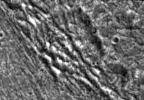
|
|||||

|
1997-11-26 | Ganymede |
Galileo |
Solid-State Imaging |
620x540x1 |
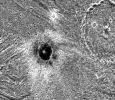
|
|||||

|
1997-12-01 | Ganymede |
Galileo |
Solid-State Imaging |
720x379x1 |
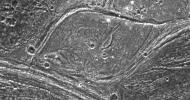
|
|||||

|
1998-01-21 | Ganymede |
Galileo |
Photopolarimeter-Radiometer |
988x1330x3 |

|
|||||

|
1998-01-21 | Ganymede |
Galileo |
Photopolarimeter-Radiometer |
988x1233x3 |

|
|||||

|
1998-04-02 | Ganymede |
Galileo |
Photopolarimeter-Radiometer |
432x540x3 |

|
|||||

|
1998-07-15 | Ganymede |
Galileo |
Solid-State Imaging |
790x1413x1 |

|
|||||

|
1998-07-15 | Ganymede |
Galileo |
Solid-State Imaging |
392x398x1 |

|
|||||

|
1998-07-15 | Ganymede |
Galileo |
Solid-State Imaging |
707x1049x1 |

|
|||||

|
1998-07-15 | Ganymede |
Galileo |
Solid-State Imaging |
813x753x1 |
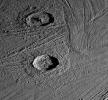
|
|||||

|
1998-07-15 | Ganymede |
Galileo |
Solid-State Imaging |
392x398x1 |

|
|||||

|
1998-07-15 | Ganymede |
Galileo |
Solid-State Imaging |
692x480x3 |
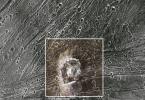
|
|||||

|
1998-07-15 | Ganymede |
Galileo |
Solid-State Imaging |
615x519x1 |
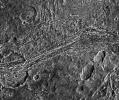
|
|||||

|
1998-07-15 | Ganymede |
Galileo |
Solid-State Imaging |
800x798x1 |
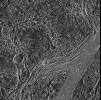
|
|||||

|
1998-07-15 | Ganymede |
Galileo |
Solid-State Imaging |
531x361x1 |
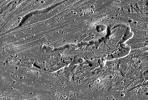
|
|||||

|
1998-07-15 | Ganymede |
Galileo |
Solid-State Imaging |
949x559x1 |
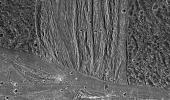
|
|||||

|
1998-07-15 | Ganymede |
Galileo |
Solid-State Imaging |
506x360x1 |
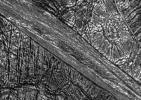
|
|||||

|
1998-07-15 | Ganymede |
Galileo |
Solid-State Imaging |
797x798x1 |
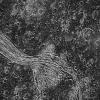
|
|||||

|
1998-07-15 | Ganymede |
Galileo |
Solid-State Imaging |
706x551x1 |
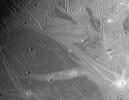
|
|||||

|
1998-07-15 | Ganymede |
Galileo |
Solid-State Imaging |
782x784x1 |
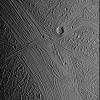
|
|||||

|
1998-07-15 | Ganymede |
Galileo |
Solid-State Imaging |
900x600x1 |
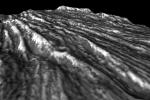
|
|||||

|
1999-10-07 | Ganymede |
Galileo |
Solid-State Imaging |
590x900x1 |

|
|||||

|
1999-10-07 | Ganymede |
Galileo |
Solid-State Imaging |
1078x900x1 |
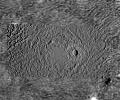
|
|||||

|
1999-10-07 | Ganymede |
Galileo |
Solid-State Imaging |
610x900x1 |

|
|||||

|
1999-01-18 | Ganymede |
Galileo |
Solid-State Imaging |
687x687x3 |
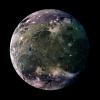
|
|||||

|
2000-12-16 | Ganymede |
Galileo |
Solid-State Imaging |
2000x2300x1 |

|
|||||

|
2000-12-16 | Ganymede |
Galileo |
Solid-State Imaging |
2603x756x1 |

|
|||||

|
2000-12-16 | Ganymede |
Galileo |
Solid-State Imaging |
1249x1939x1 |

|
|||||

|
2000-12-16 | Ganymede |
Galileo |
Solid-State Imaging |
1026x1748x1 |

|
|||||

|
2000-12-16 | Ganymede |
Galileo |
Solid-State Imaging |
2514x1929x1 |
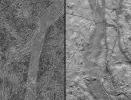
|
|||||

|
2000-12-16 | Ganymede |
Galileo |
Solid-State Imaging |
1000x751x1 |
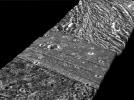
|
|||||

|
2000-12-16 | Ganymede |
Galileo |
Solid-State Imaging |
1764x809x1 |
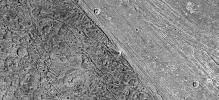
|
|||||

|
2000-12-16 | Ganymede |
Galileo |
Solid-State Imaging |
1228x512x3 |
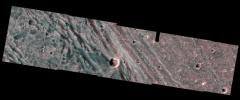
|
|||||

|
2000-12-16 | Ganymede |
Galileo |
Solid-State Imaging |
1358x1098x3 |

|
|||||

|
2000-12-16 | Ganymede |
Galileo |
Solid-State Imaging |
3777x2760x1 |
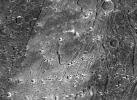
|
|||||

|
2000-12-16 | Ganymede |
Galileo |
Solid-State Imaging |
3328x2330x1 |
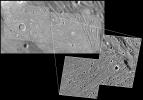
|
|||||

|
2000-12-16 | Ganymede |
Galileo |
Solid-State Imaging |
795x767x1 |
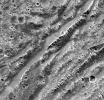
|
|||||

|
2000-12-17 | Ganymede |
Galileo |
Solid-State Imaging |
512x384x1 |
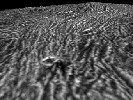
|
|
||||

|
2001-03-13 | Ganymede |
Galileo |
Solid-State Imaging |
1078x636x3 |
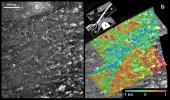
|
|||||

|
2001-03-13 | Ganymede |
Galileo |
Solid-State Imaging |
328x450x3 |

|
|||||

|
2001-03-13 | Ganymede |
Galileo |
Solid-State Imaging |
404x294x1 |
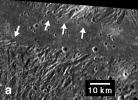
|
|||||

|
2001-03-13 | Ganymede |
Galileo |
Solid-State Imaging |
542x425x1 |

|
|||||

|
2001-03-13 | Ganymede |
Galileo |
Solid-State Imaging |
1089x842x1 |
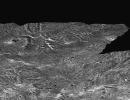
|
|||||

|
2002-05-10 | Ganymede |
Galileo Voyager |
VG Imaging Science Subsystem VG Imaging Science Subsystem - Narrow Angle |
8817x4382x3 |
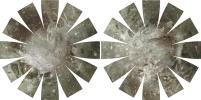
|
|||||

|
2004-08-13 | Ganymede |
Galileo |
Solid-State Imaging |
720x540x3 |
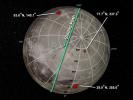
|
|||||

|
2014-02-12 | Ganymede |
Galileo Voyager |
1800x956x3 | |
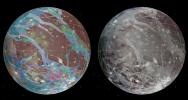
|
|||||

|
2014-02-12 | Ganymede |
Galileo Voyager |
797x754x3 | |
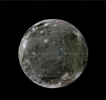
|
|||||

|
1997-09-07 | Europa |
Galileo |
Solid-State Imaging |
793x794x3 |
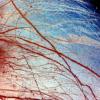
|
|||||

|
1997-09-07 | Europa |
Galileo |
Solid-State Imaging |
968x452x1 |
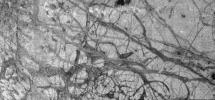
|
|||||

|
1997-09-07 | Europa |
Galileo |
Solid-State Imaging |
1070x868x1 |
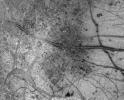
|
|||||

|
1998-03-26 | Europa |
Galileo |
Solid-State Imaging |
1903x1864x1 |
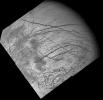
|
|||||

|
1997-11-18 | Europa |
Galileo |
Solid-State Imaging |
2000x1000x3 |
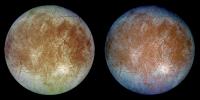
|
|||||

|
1997-12-18 | Europa |
Galileo |
Solid-State Imaging |
800x800x1 |
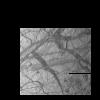
|
|||||

|
1998-03-06 | Europa |
Galileo |
Solid-State Imaging |
1248x800x1 |
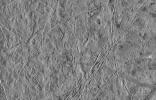
|
|||||

|
1998-03-06 | Europa |
Galileo |
Solid-State Imaging |
1200x800x1 |

|
|||||

|
1998-03-06 | Europa |
Galileo |
Solid-State Imaging |
880x396x1 |
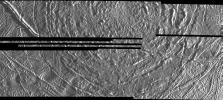
|
|||||

|
1998-03-06 | Europa |
Galileo |
Solid-State Imaging |
725x398x1 |
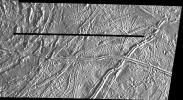
|
|||||

|
1998-03-06 | Europa |
Galileo |
Solid-State Imaging |
730x1410x1 |

|
|||||

|
1998-03-06 | Europa |
Galileo |
Solid-State Imaging |
1410x912x1 |
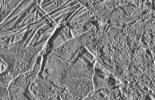
|
|||||

|
1997-09-07 | Europa |
Galileo |
Solid-State Imaging |
630x325x1 |
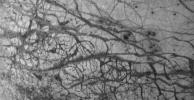
|
|||||

|
1998-03-26 | Europa |
Galileo |
Solid-State Imaging |
920x720x1 |
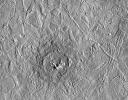
|
|||||

|
1998-03-26 | Europa |
Galileo |
Solid-State Imaging |
1540x1200x1 |
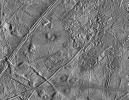
|
|||||

|
1998-03-26 | Europa |
Galileo |
Solid-State Imaging |
635x680x1 |

|
|||||

|
1998-02-04 | Europa |
Galileo |
Solid-State Imaging |
1160x930x1 |
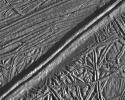
|
|||||

|
1998-03-26 | Europa |
Galileo |
Solid-State Imaging |
1600x1280x1 |
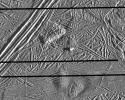
|
|||||

|
1998-03-26 | Europa |
Galileo |
Solid-State Imaging |
1710x1320x1 |
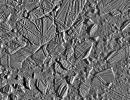
|
|||||

|
1998-03-06 | Europa |
Galileo |
Solid-State Imaging |
1400x1000x1 |
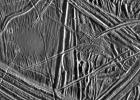
|
|||||

|
1998-03-06 | Europa |
Galileo |
Solid-State Imaging |
674x875x1 |

|
|||||

|
1998-03-26 | Europa |
Galileo |
Solid-State Imaging |
820x1275x1 |

|
|||||

|
1998-02-04 | Europa |
Galileo |
Solid-State Imaging |
885x1415x1 |

|
|||||

|
1998-03-06 | Europa |
Galileo |
Solid-State Imaging |
760x755x1 |
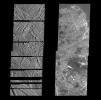
|
|||||

|
1998-03-06 | Europa |
Galileo |
Solid-State Imaging |
750x1075x1 |

|
|||||

|
1998-03-26 | Europa |
Galileo |
Solid-State Imaging |
719x732x3 |

|
|||||

|
1997-09-07 | Europa |
Galileo |
Solid-State Imaging |
1024x1024x3 |
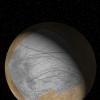
|
|||||

|
1998-03-26 | Europa |
Galileo |
Solid-State Imaging |
2000x1350x3 |
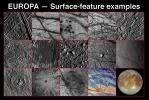
|
|||||

|
1998-03-26 | Europa |
Galileo |
Near Infrared Mapping Spectrometer |
1279x676x3 |
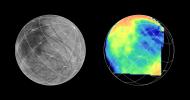
|
|||||

|
1998-06-17 | Europa |
Galileo |
Near Infrared Mapping Spectrometer |
820x470x1 |
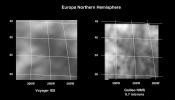
|
|||||

|
1998-03-26 | Europa |
Galileo |
Near Infrared Mapping Spectrometer |
1650x1950x1 |

|
|||||

|
1998-03-26 | Europa |
Galileo |
Solid-State Imaging |
1000x800x1 |
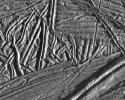
|
|||||

|
1998-03-26 | Europa |
Galileo |
Solid-State Imaging |
800x1000x1 |

|
|||||

|
1998-03-26 | Europa |
Galileo |
Solid-State Imaging |
950x1200x1 |

|
|||||

|
1998-03-26 | Europa |
Galileo |
Solid-State Imaging |
465x600x1 |

|
|||||

|
1998-03-26 | Europa |
Galileo |
Near Infrared Mapping Spectrometer |
1000x800x1 |
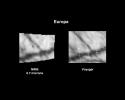
|
|||||

|
1998-03-26 | Europa |
Galileo |
Near Infrared Mapping Spectrometer |
1326x863x3 |
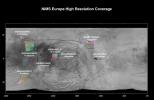
|
|||||

|
1998-03-26 | Europa |
Galileo |
Solid-State Imaging |
600x600x1 |
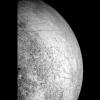
|
|||||

|
1998-03-26 | Europa |
Galileo |
Solid-State Imaging |
400x400x1 |
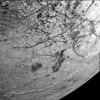
|
|||||

|
1998-03-26 | Europa |
Galileo |
Solid-State Imaging |
400x400x1 |
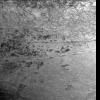
|
|||||

|
1998-05-08 | Europa |
Galileo |
Solid-State Imaging |
2605x3073x1 |

|
|||||

|
1998-05-08 | Europa |
Galileo |
Solid-State Imaging |
2150x1950x1 |
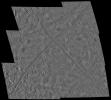
|
|||||

|
1997-12-10 | Europa |
Galileo |
Solid-State Imaging |
807x920x3 |

|
|||||

|
1997-12-18 | Europa |
Galileo |
Solid-State Imaging |
365x563x1 |

|
|||||

|
1997-12-18 | Europa |
Galileo |
Solid-State Imaging |
639x714x1 |

|
|||||

|
1997-12-16 | Europa |
Galileo |
Solid-State Imaging |
1710x1845x1 |

|
|||||

|
1997-12-16 | Europa |
Galileo |
Solid-State Imaging |
1623x1940x1 |

|
|||||

|
1998-02-04 | Europa |
Galileo |
Solid-State Imaging |
1259x556x3 |
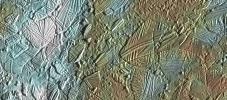
|
|||||

|
1997-12-18 | Europa |
Galileo |
Solid-State Imaging |
2666x2000x3 |
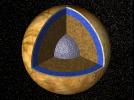
|
|||||

|
 |
 |
 |
 |
 |
 |
 |

|
| 1-100 | 101-200 | 201-300 | 301-400 | 401-500 | 501-600 | 601-700 |
| Currently displaying images: 401 - 500 of 644 |